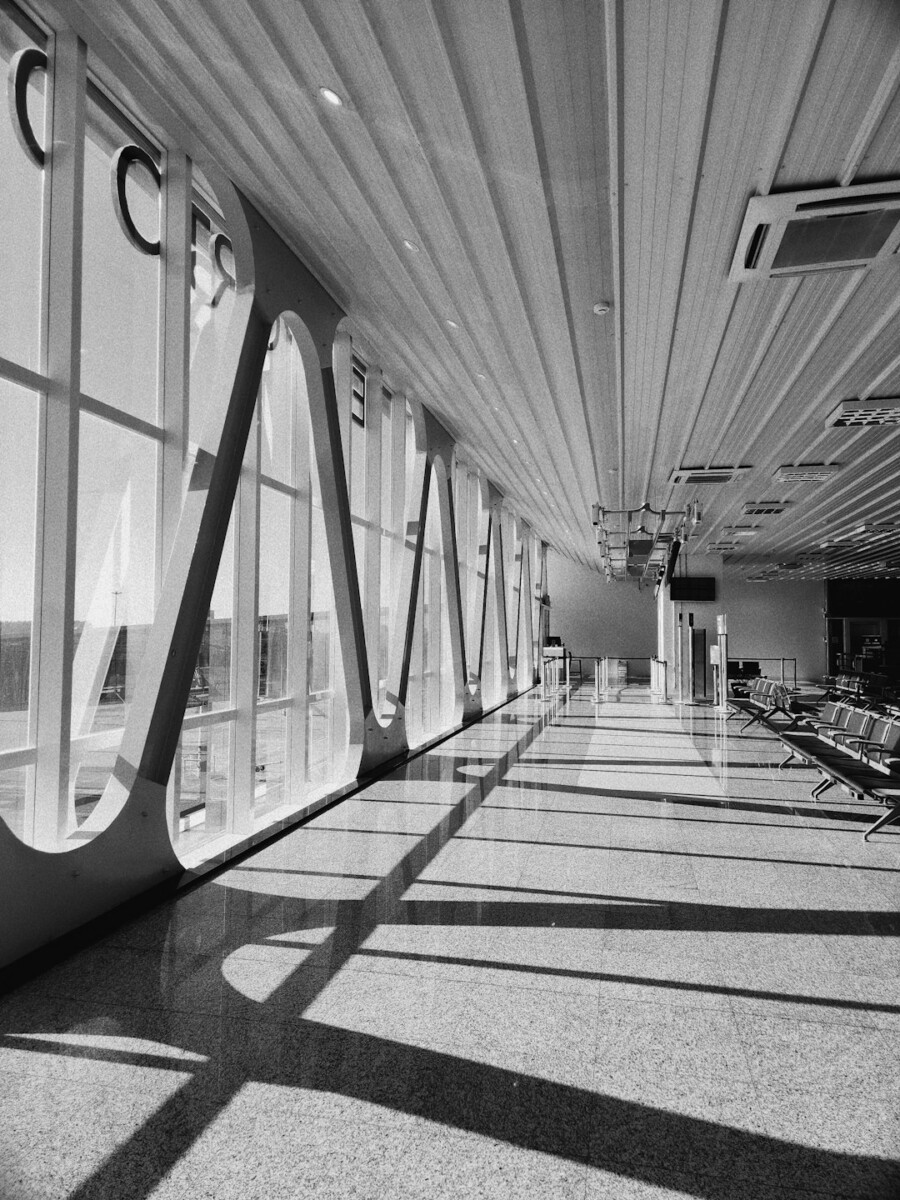A Tower Without Eyes in the Sky (image credits: Unsplash)
Burbank, California – Amid the usual hum of jet engines echoing across the San Fernando Valley, a sudden silence gripped the runways as the federal government’s latest impasse turned a routine evening into travel turmoil.
A Tower Without Eyes in the Sky
Picture this: the Hollywood Burbank Airport’s control tower, that vital nerve center for guiding planes safely, stands eerily quiet for hours on end. It happened Monday night when air traffic controllers, hit hard by the ongoing government shutdown, couldn’t cover their shifts. The Federal Aviation Administration had to step in with remote oversight, but that wasn’t enough to keep things running smoothly.
Delays piled up like luggage on a baggage claim carousel, stretching from 30 minutes to much longer. Some flights simply got scrubbed, leaving passengers with little more than apologies and rebooking headaches. It’s a stark reminder of how fragile our air travel system can be when federal workers face furloughs or call out en masse.
This wasn’t just bad luck; it’s the direct fallout from budget battles in Washington, where non-essential services grind to a halt. Controllers, already stretched thin, felt the pressure, and Burbank bore the brunt.
Why Burbank Felt the Sting First
Hollywood Burbank Airport isn’t some sleepy regional spot—it’s a bustling hub serving Los Angeles with quick hops to places like Las Vegas and San Francisco. Serving over 5 million passengers a year, it’s no stranger to high traffic, which makes any hiccup feel like a full-blown crisis. When the tower went unmanned from around 4 p.m. to 10 p.m., it forced a slowdown that rippled outward.
The FAA warned of potential ground stops, and sure enough, airlines like Southwest and JetBlue saw their schedules shredded. One flight to Oakland circled endlessly before diverting, while others never even left the gate. Travelers heading home or to business meetings found themselves glued to their phones, watching real-time updates turn from green to red.
Local officials, including California’s governor, sounded the alarm, highlighting how these shutdowns don’t just affect feds—they hit everyday folks in the wallet and the wait time.
Nationwide Waves from One Local Storm
The trouble didn’t stop at Burbank’s fences; it spread like wildfire across U.S. airports. From New York’s JFK to Chicago’s O’Hare, controllers called in sick or took leave, citing shutdown stress. The FAA reported increased shortages system-wide, leading to over 1,000 delays nationwide that day alone.
It’s like dominoes: one tower down means fewer planes in the air, which backs up everyone else. Major carriers issued alerts, urging passengers to check apps before heading out. In Atlanta and Dallas, similar staffing crunches caused cascading cancellations, turning what should be a quick connection into an overnight ordeal.
- East Coast hubs saw average delays climb to 45 minutes.
- West Coast flights, including Burbank’s, faced the most cancellations due to evening shift gaps.
- Midwest airports reported fewer issues but still felt the squeeze from rerouted traffic.
- Southern routes, ironically spared major weather woes, weren’t immune to the federal freeze.
- International connections added another layer, with some transatlantic flights idling on tarmacs.
Passengers Caught in the Crossfire
For the folks at Burbank, it was frustration city. Families reuniting after trips stared at departure boards filled with “delayed” and “canceled,” scrambling for hotels or rental cars. One traveler shared how her red-eye to Seattle vanished, forcing an expensive last-minute switch to LAX.
Airlines offered vouchers and meals, but that does little for the lost time or missed meetings. Social media lit up with complaints, from photos of packed terminals to pleas for updates. It’s these human stories that underscore why shutdowns feel so personal—they disrupt lives, not just logs.
Tips for navigating this? Arrive early, pack snacks, and have a backup plan like driving or trains for shorter hauls. Flexibility is key when the skies turn unpredictable.
The Bigger Picture: Shutdowns and Safety
Air traffic control isn’t optional; it’s the backbone of safe skies. The shutdown exposed cracks in a system already short 3,000 controllers nationwide, a deficit years in the making. Transportation Secretary Pete Buttigieg noted the added stress on workers, who must stay vigilant despite uncertainties.
While the FAA insists safety never wavered—remote teams filled in where needed—experts worry about long-term fatigue. Past shutdowns in 2018 and 2019 caused similar chaos, with over 10,000 delays. This round, starting just days ago, shows little sign of quick resolution as Congress wrangles over funding.
| Impact Area | Burbank Specific | Nationwide Trend |
|---|---|---|
| Delays | 30-45 minutes average | Thousands reported |
| Cancellations | Dozens of flights | Hundreds across carriers |
| Staffing | Tower unmanned 6 hours | Sick calls up 20% |
Looking Ahead: Will This End Soon?
As talks in D.C. drag on, airports like Burbank brace for more disruptions. The FAA is pulling in overtime staff, but with holidays looming, the pressure mounts. Travelers should monitor flight trackers religiously and consider alternatives like Amtrak for regional trips.
In the end, this mess highlights how interconnected our world is—one policy snag in the capital, and wings clip nationwide. It’s a call to action for lawmakers to prioritize infrastructure that keeps us moving.
Key Takeaways
- Government shutdowns directly threaten air travel by furloughing essential workers like controllers.
- Burbank’s unmanned tower led to hours of delays and cancellations, affecting thousands.
- Passengers: Build in buffers and stay informed to weather these federal storms.
Ultimately, safe skies demand steady funding—no ifs, ands, or shutdowns about it. What do you think about this travel tangle? Share your stories in the comments below.








